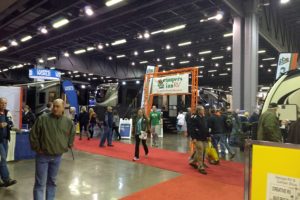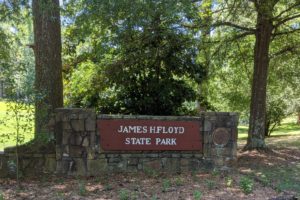The other community in this area is names Lajitas, on the western edge of Big Bend Natl. Park, so we took off for the day to explore, expecting it to look like where we’re staying. Instead, we found an oasis in the desert built on some very interesting history. And we found out that the movie “Barbarosa” was filmed here in 1982 with Willie Nelson and Gary Busey. But here’s what the area looks like now around this resort hotel.





walkway to our dining area 
outside dining

fountain outside of dining room 
view while eating
While eating our lunch outside, we overheard the other two couples talking about full-time RVing. What a fun conversation we all had for a few minutes. After one couple left, we spent quite a while talking with the other couple about places to go and places to stay with our RV. What fun to connect with these folks.

In some of the literature we had for the area, we read about Trading Post. Now it’s the pro shop.





Over 500 horns are mounted on the property.

history of Lajitas
Apaches and Comanches lived here after they integrated horses into their cultures, causing the Spanish to set up a series of Presidios and military colonies to protect the people. Anglo-Americans (new term for us) first arrived around the time of the Mexican War. In the later 1890s, quicksilver was discovered near Terlingua (more later in this post), and more people came to the area from Mexico to work in the mines. Cattle ranches appeared just north of here and also hired workers from Mexico, and by 1900 Lajitas became a substation port of entry. Farming brought in more people around the river, and by 1912, the town had a store, saloon, school with 50 students, and a customhouse. The crossing with a smooth rock bottom was the best between Del Rio and El Paso. The town grew, but then commerce was disrupted by the Mexican civil war in 1916 with isolated bandit raids, and Gen. Pershing came to town to establish a small cavalry post to monitor this critical river crossing (remember the golf course?).
The closing of the mines (more later) brought the town’s population to 4 in 1946. The Lajitas property changed hands a number of times, but in 1949, Rex Ivey Jr. hand-dug a well and installed a generator for the area’s first electric lights. In 1977, Ivey sold part of the area to a Houston entrepreneur who began to build an upscale community here. Owners have come and gone, but now a group of investors have bought the property, built a private airport for guests to use, and have created a luxurious and affordable place for visitors, both at the resort and at a very nice RV park.
“careers” in this area
As mentioned earlier and in an earlier post, mercury, or quicksilver, was found in this area and mined for quite a while (early 1890s to 1946), creating jobs for many Mexicans who came across the border to work since no work was available in Mexico.

Primary use of quicksilver is for manufacturing explosives. The need was great between 1912-1921 and again from 1936-1944. After the wars, the need went away, and the mines closed. In 1967, the world’s first Chili Cook Off was held in Terlingua Ghostown, and is still held every year on the first Saturday of November.


Of course, not all “careers” are on the right side of the law. Smuggling started a long time ago in this area with rum running during Prohibition, smuggling candelilla wax from the candelilla plant in the 1930s primarily used for waterproofing military tents during both world wars to avoid taxes in Mexico and get higher prices in the U.S., and bringing cattle in from Mexico illegally around 1912 to avoid custom fees. I’ll show you these descriptions separately so you can read them better.





Such a good day exploring, meeting new friends, and being out in this small part of God’s creation. Next we start taking hikes in Big Bend.




